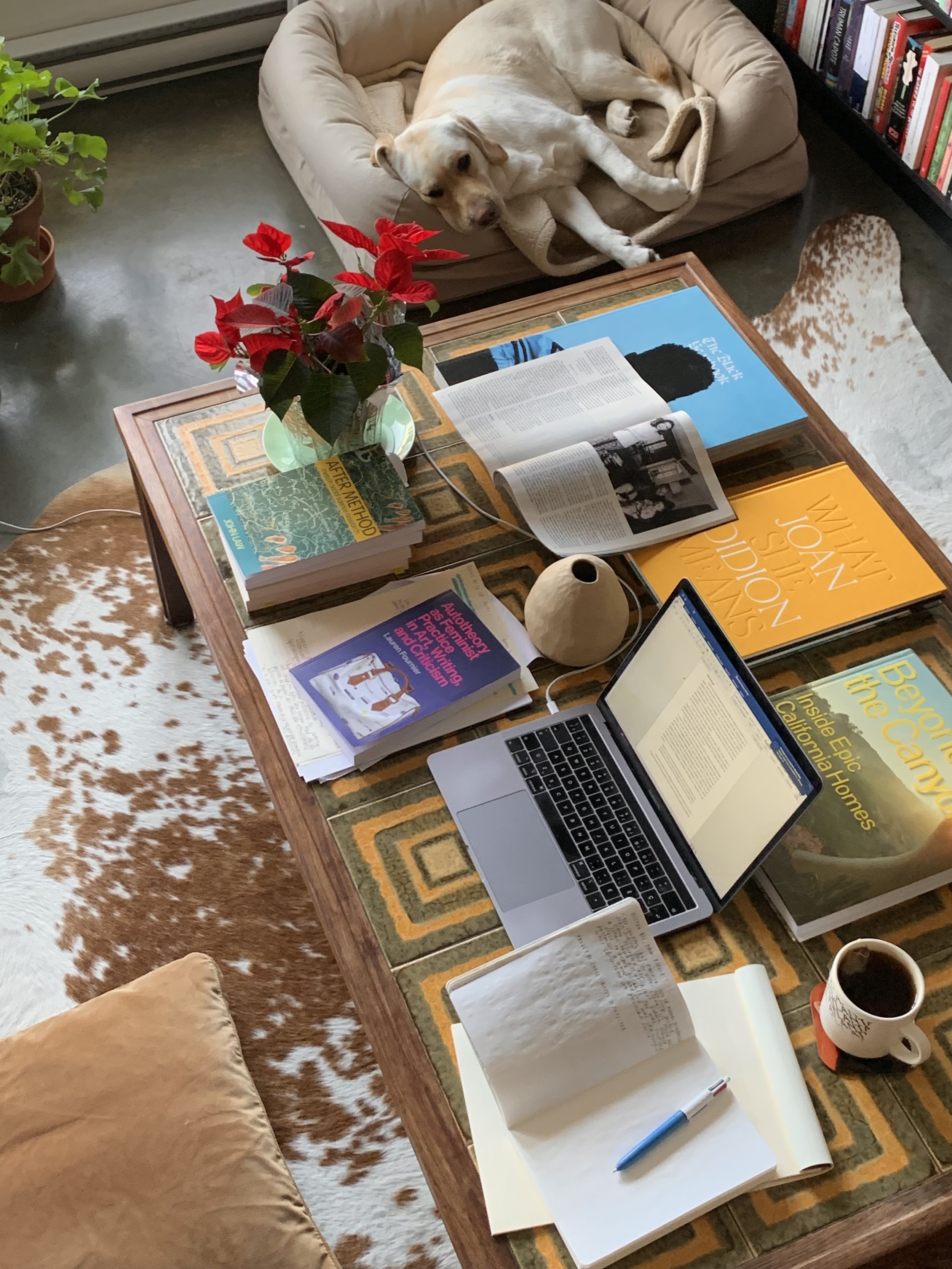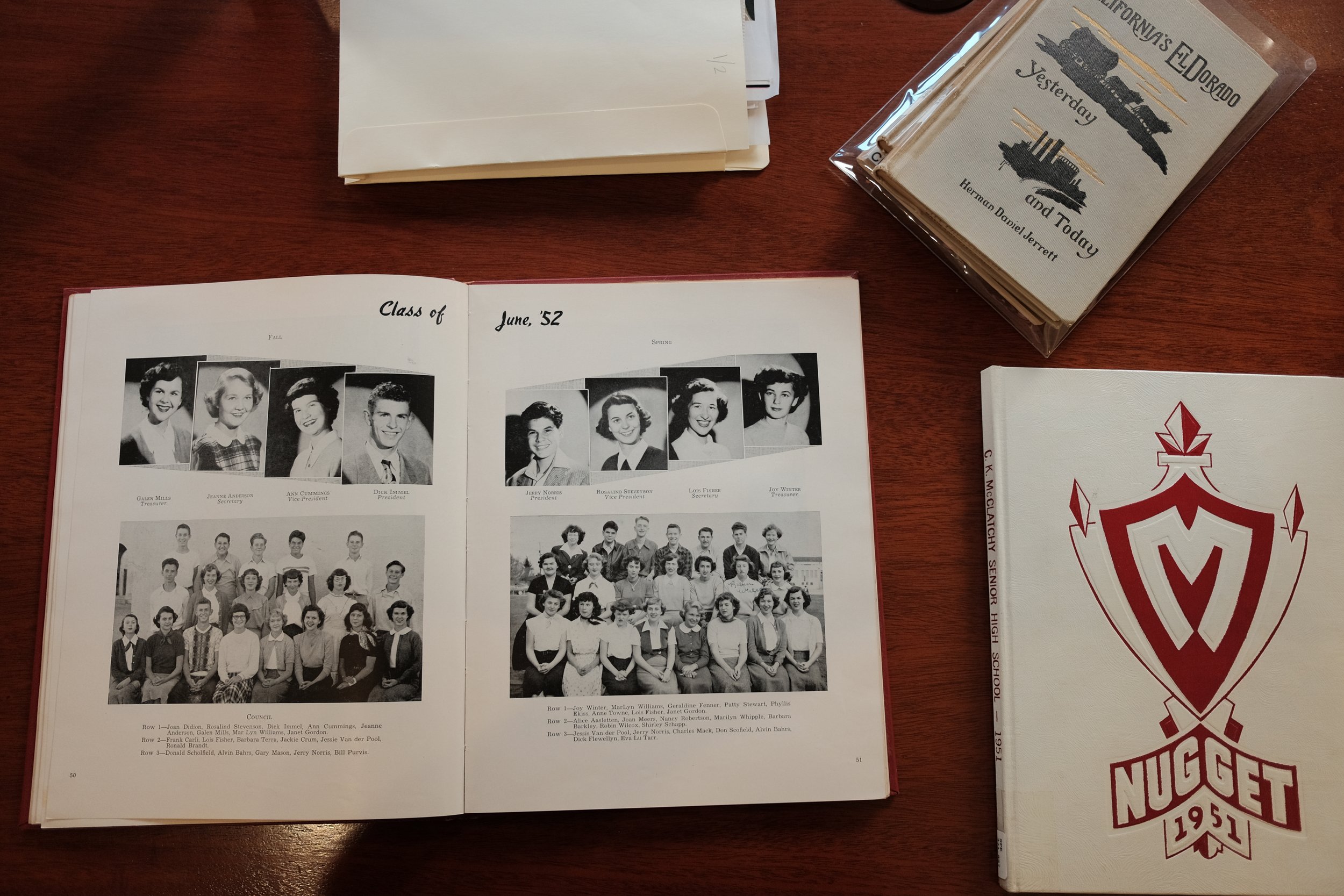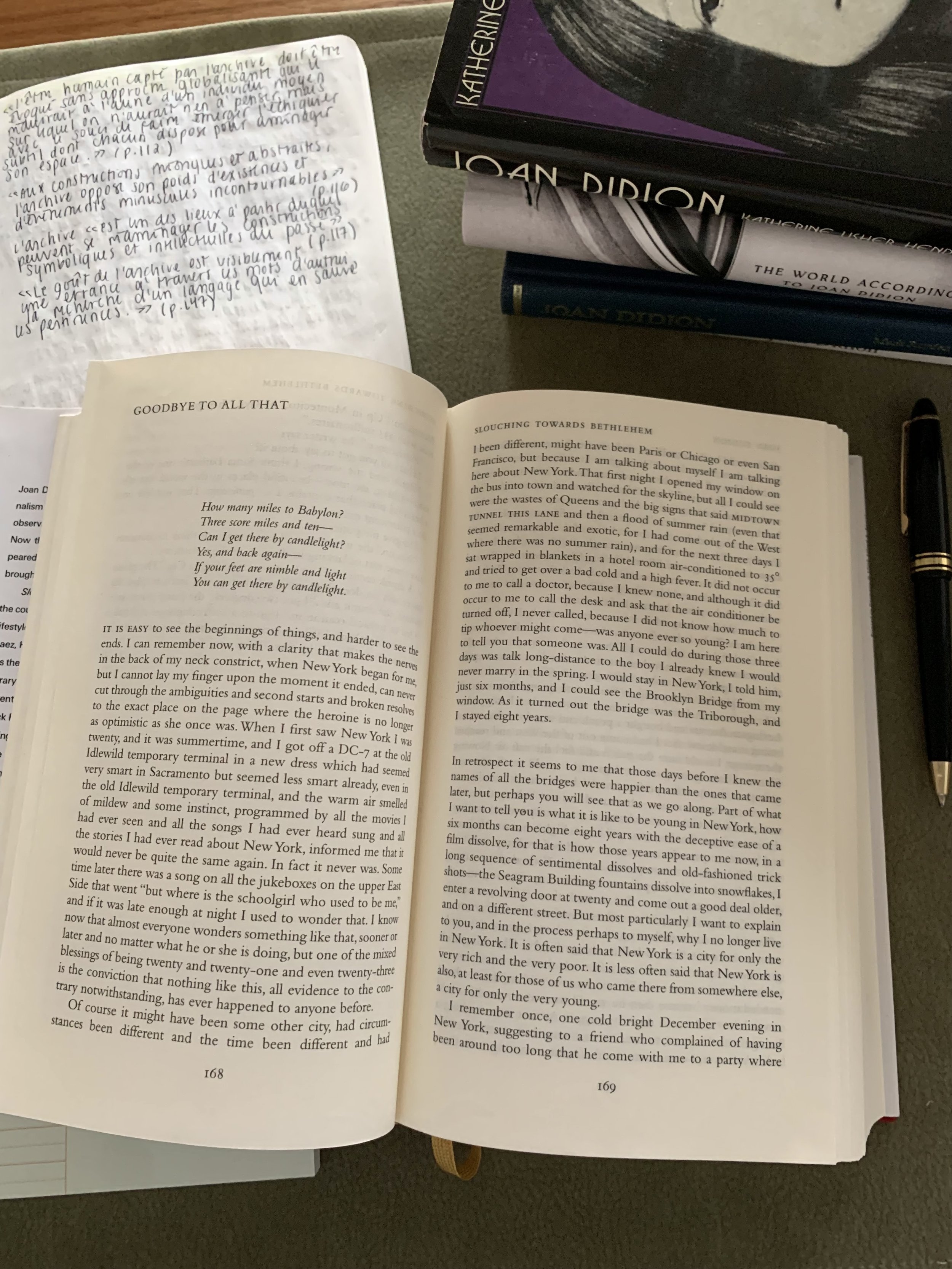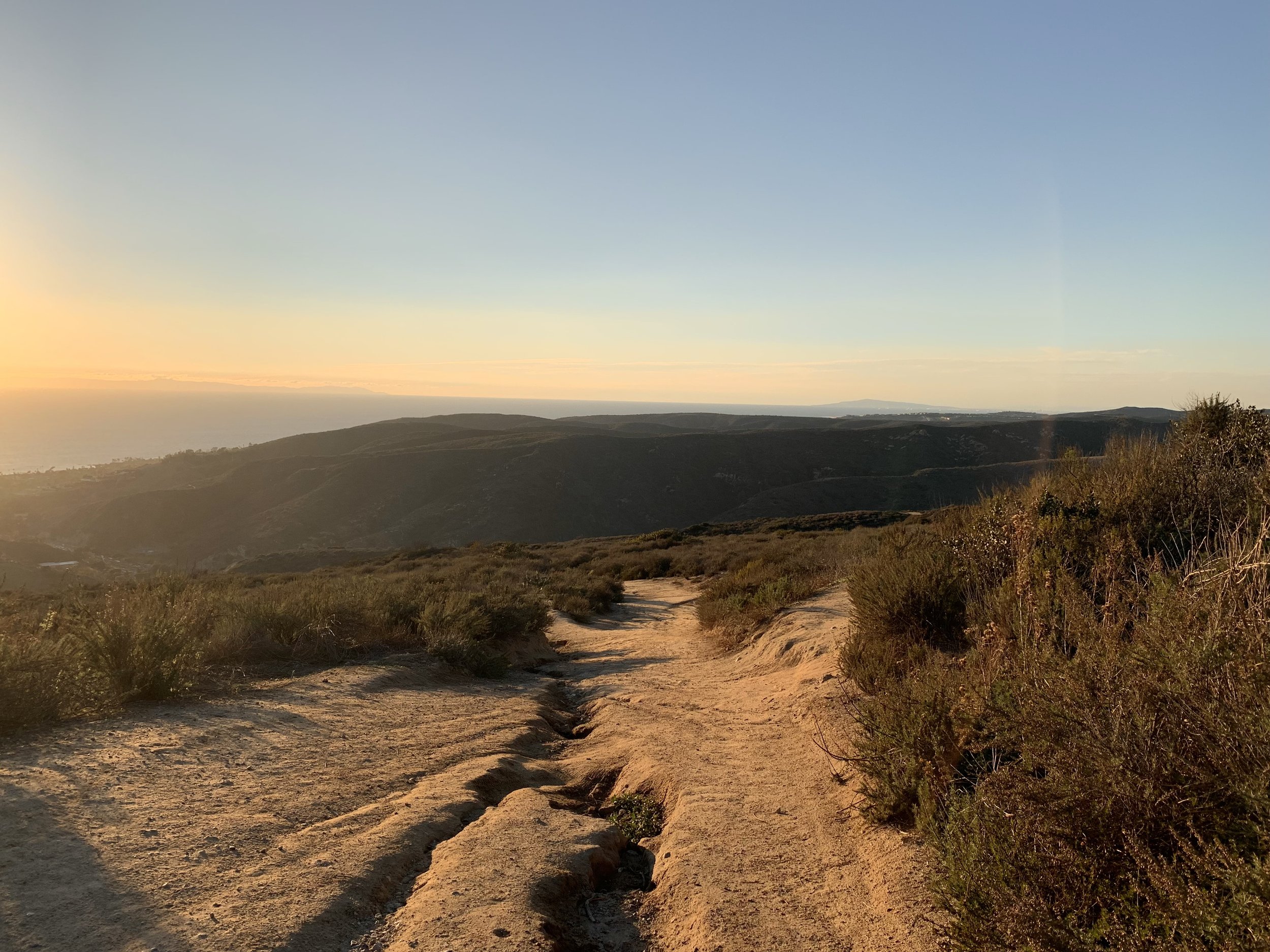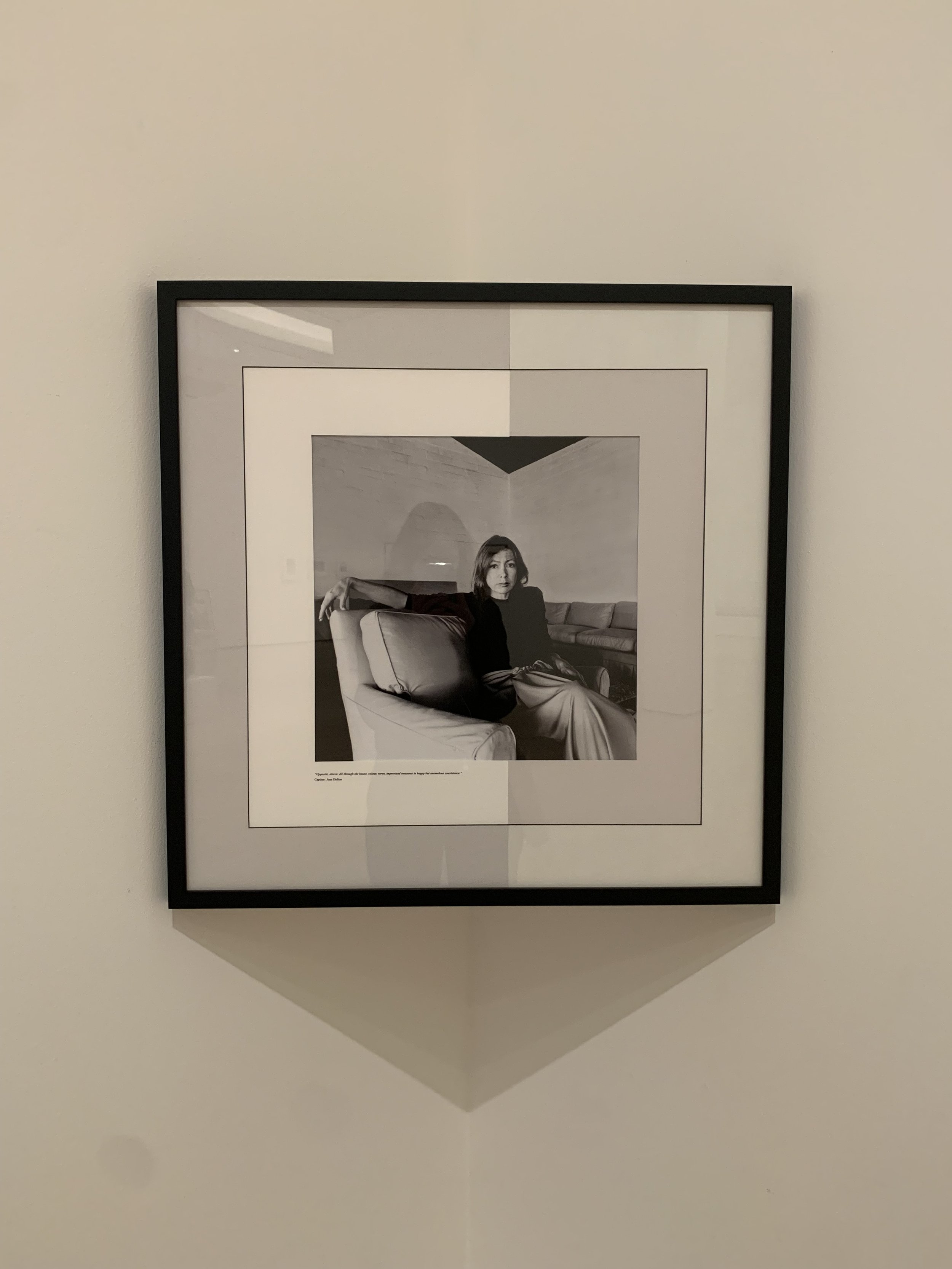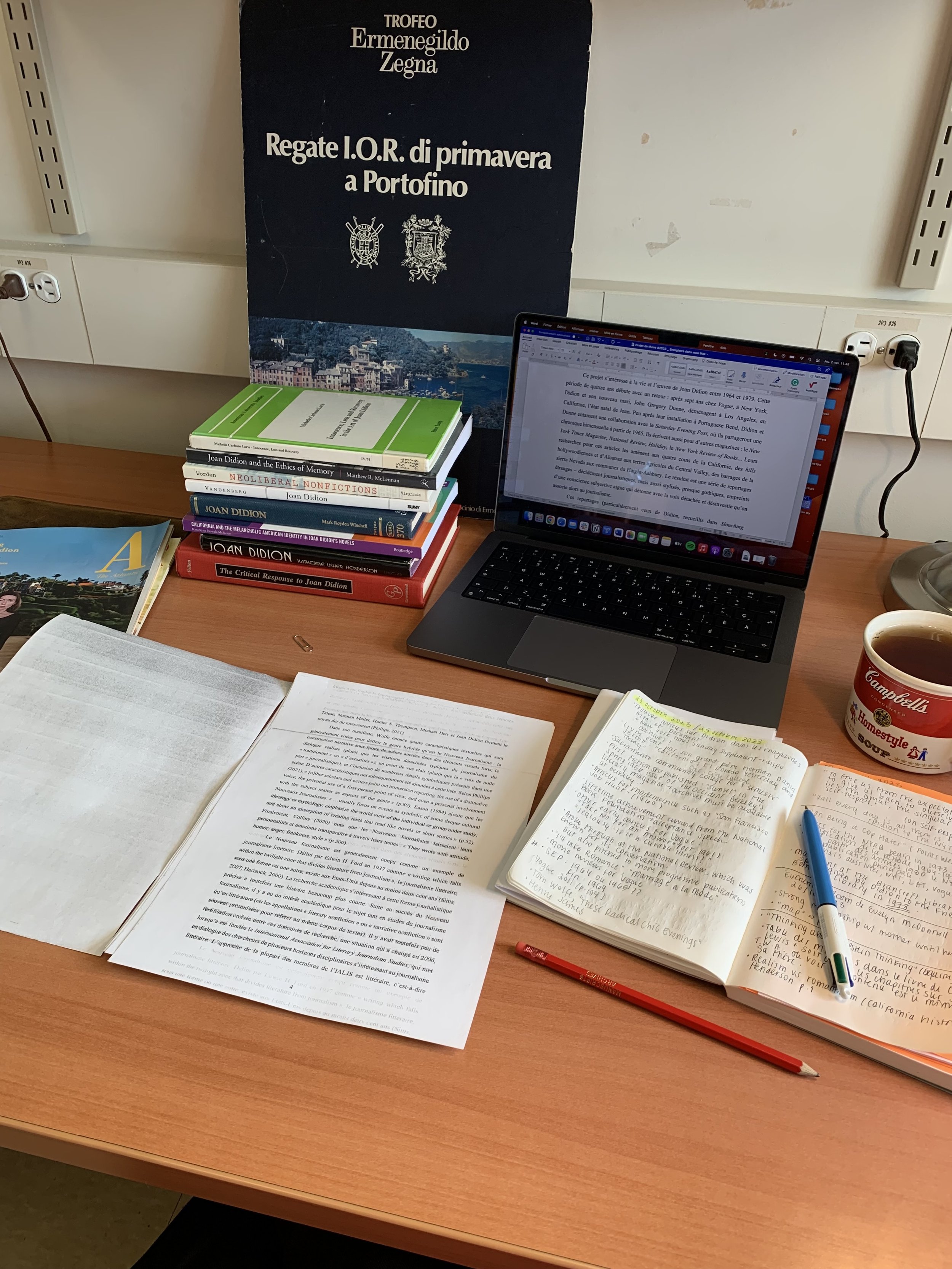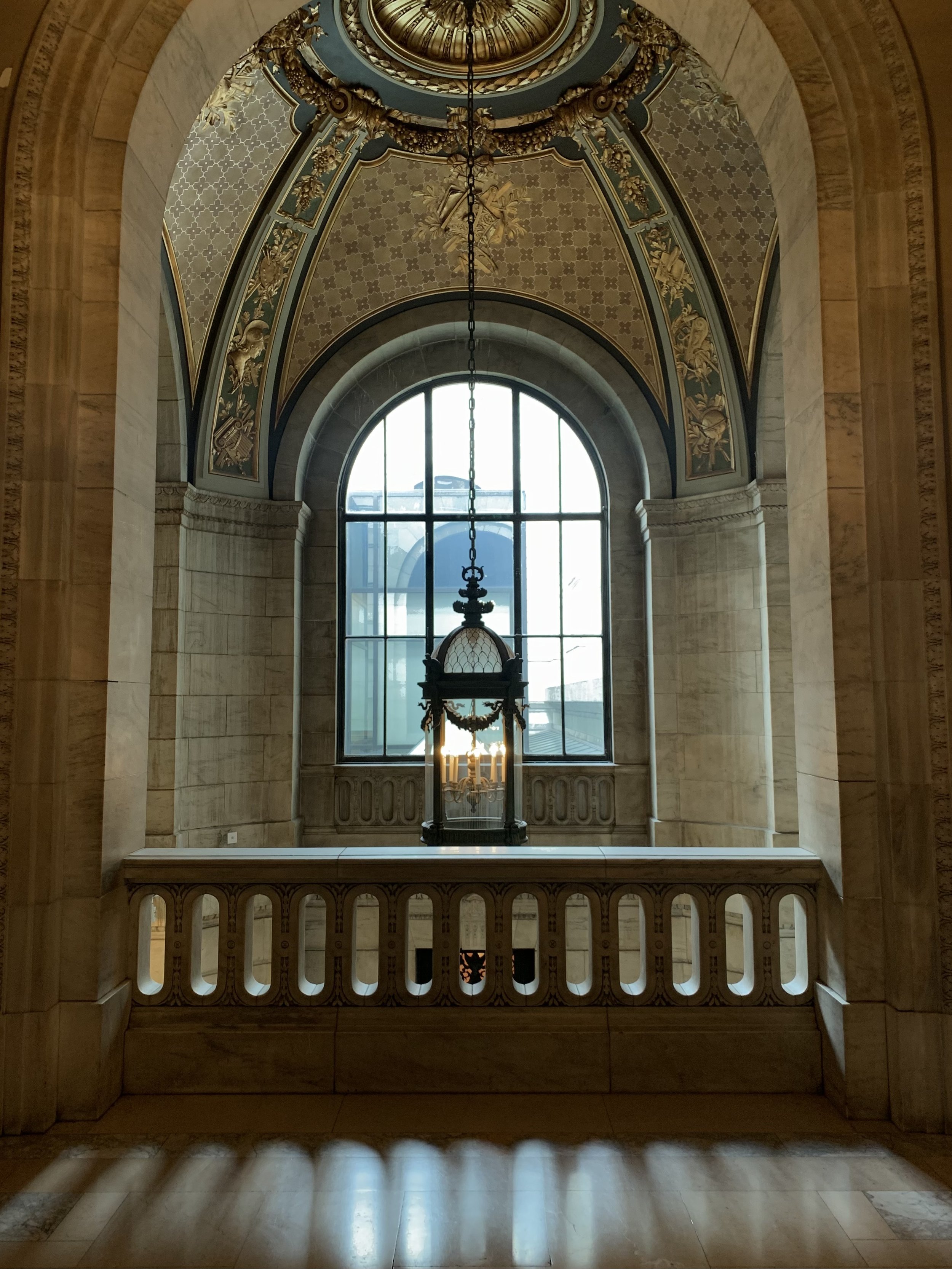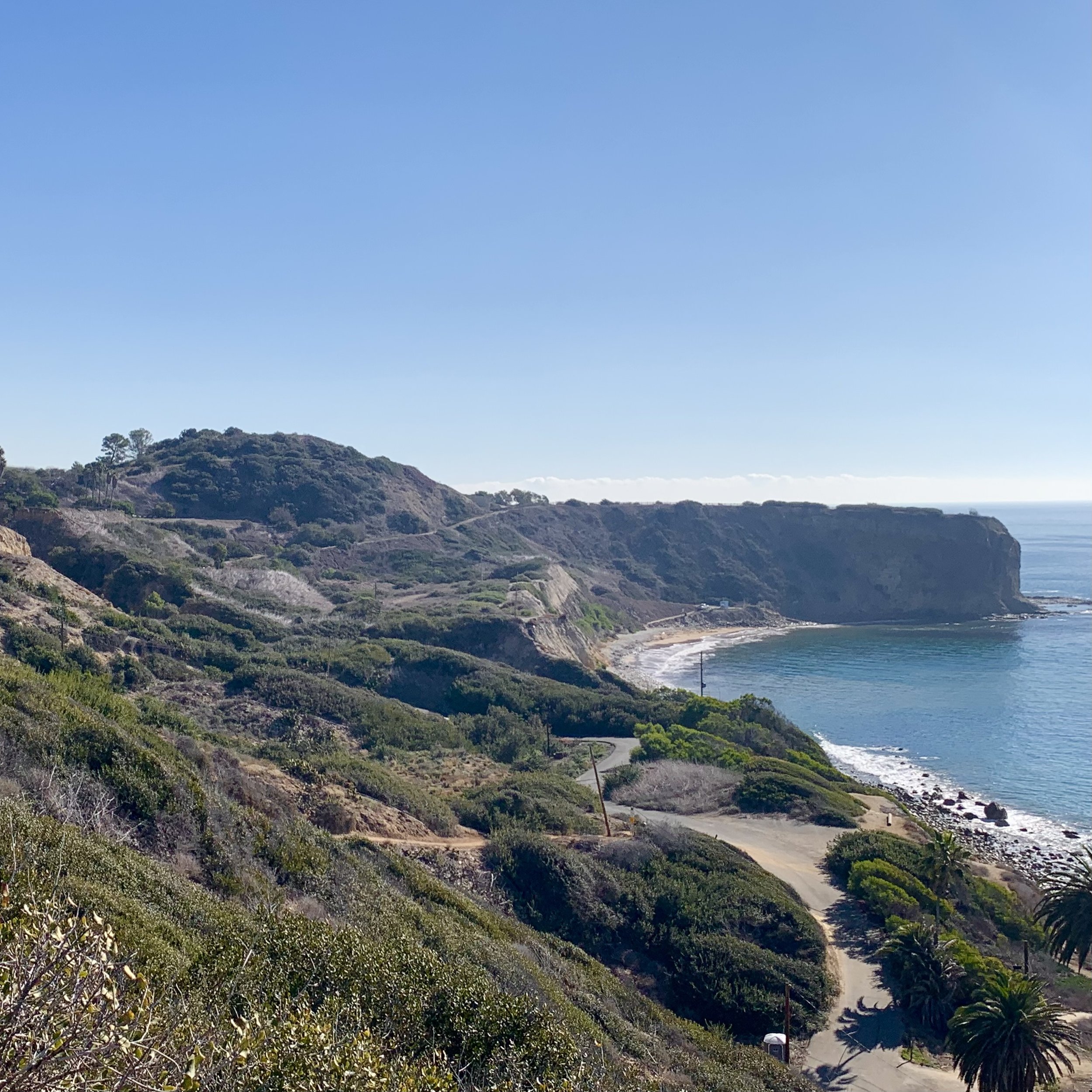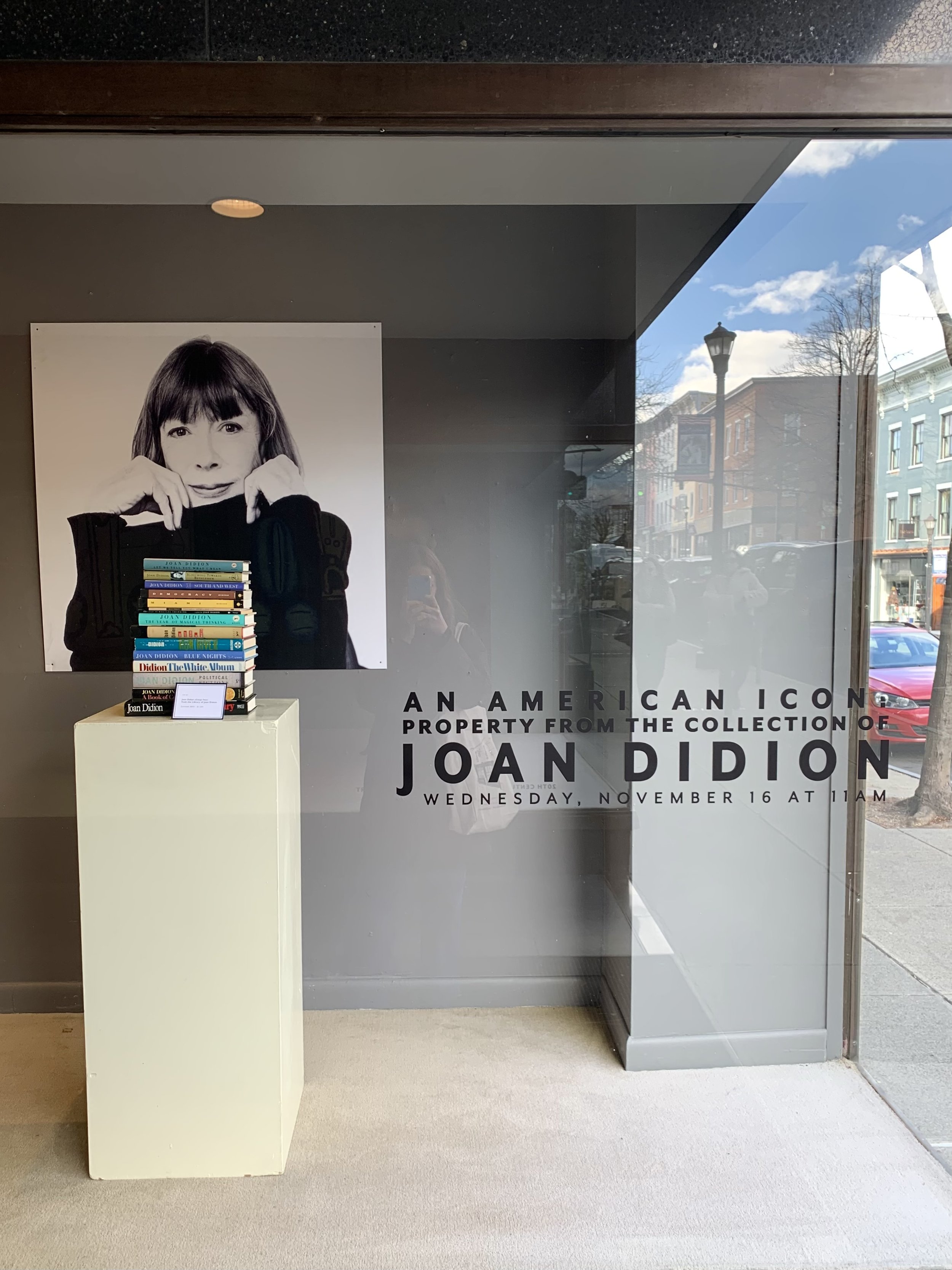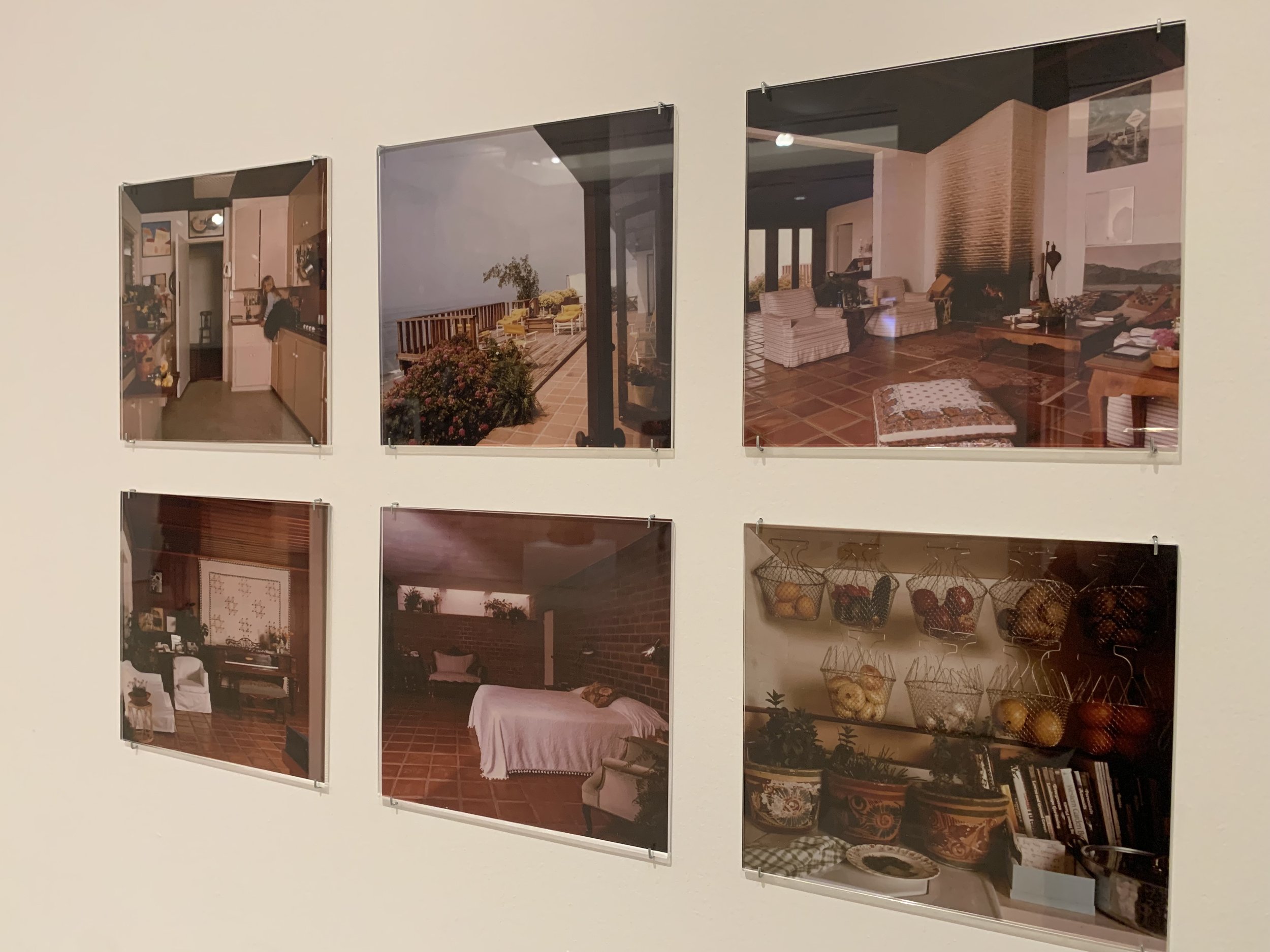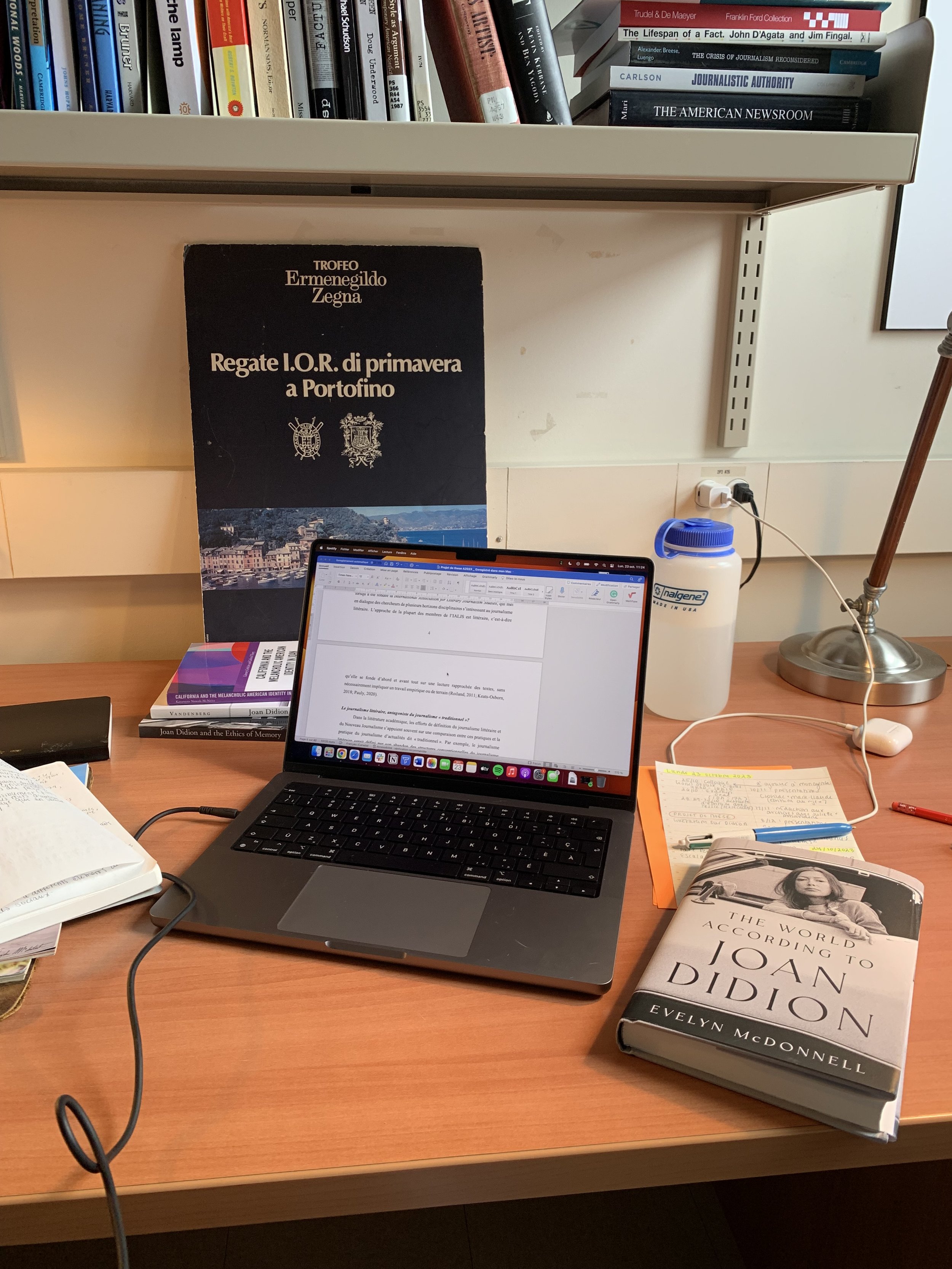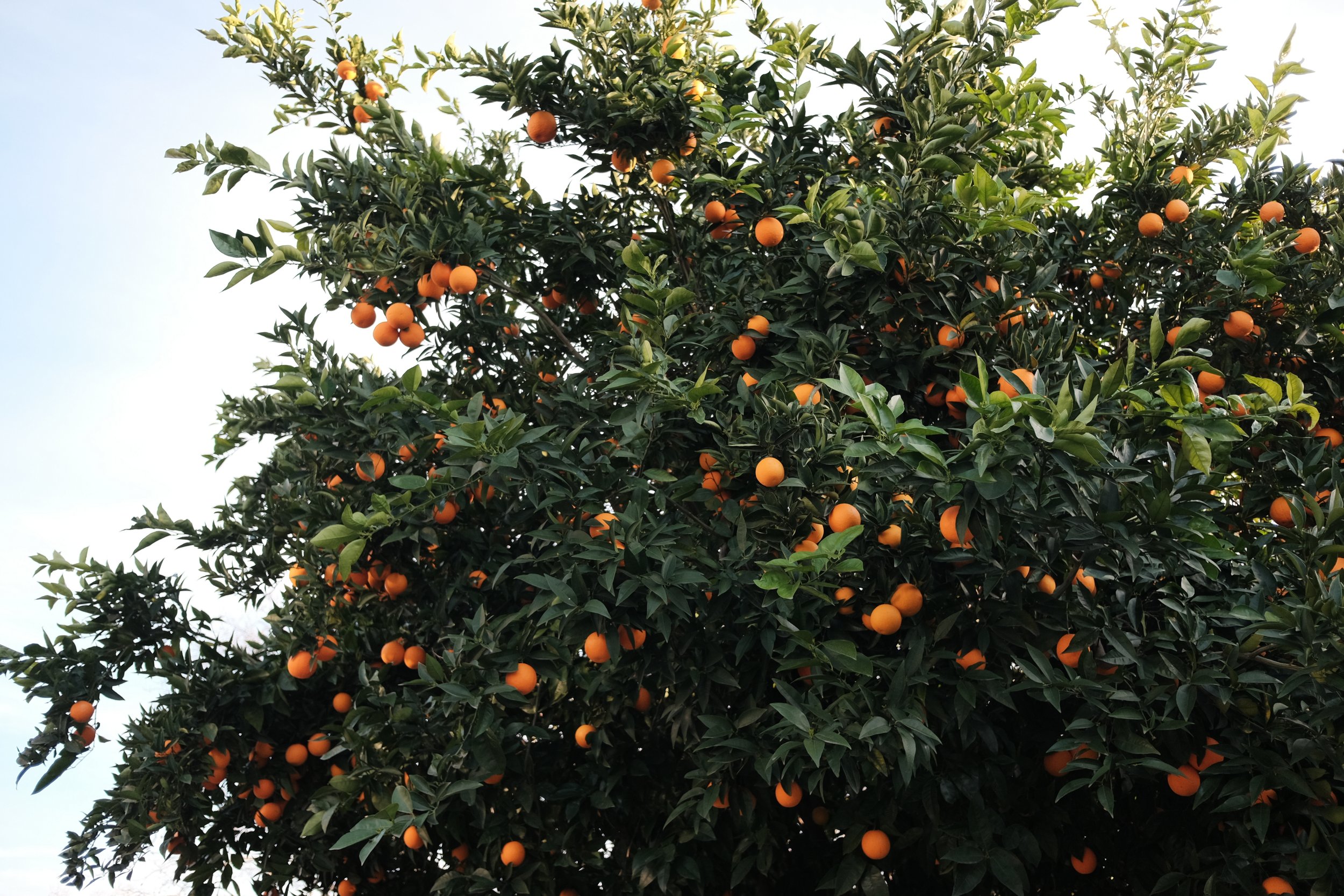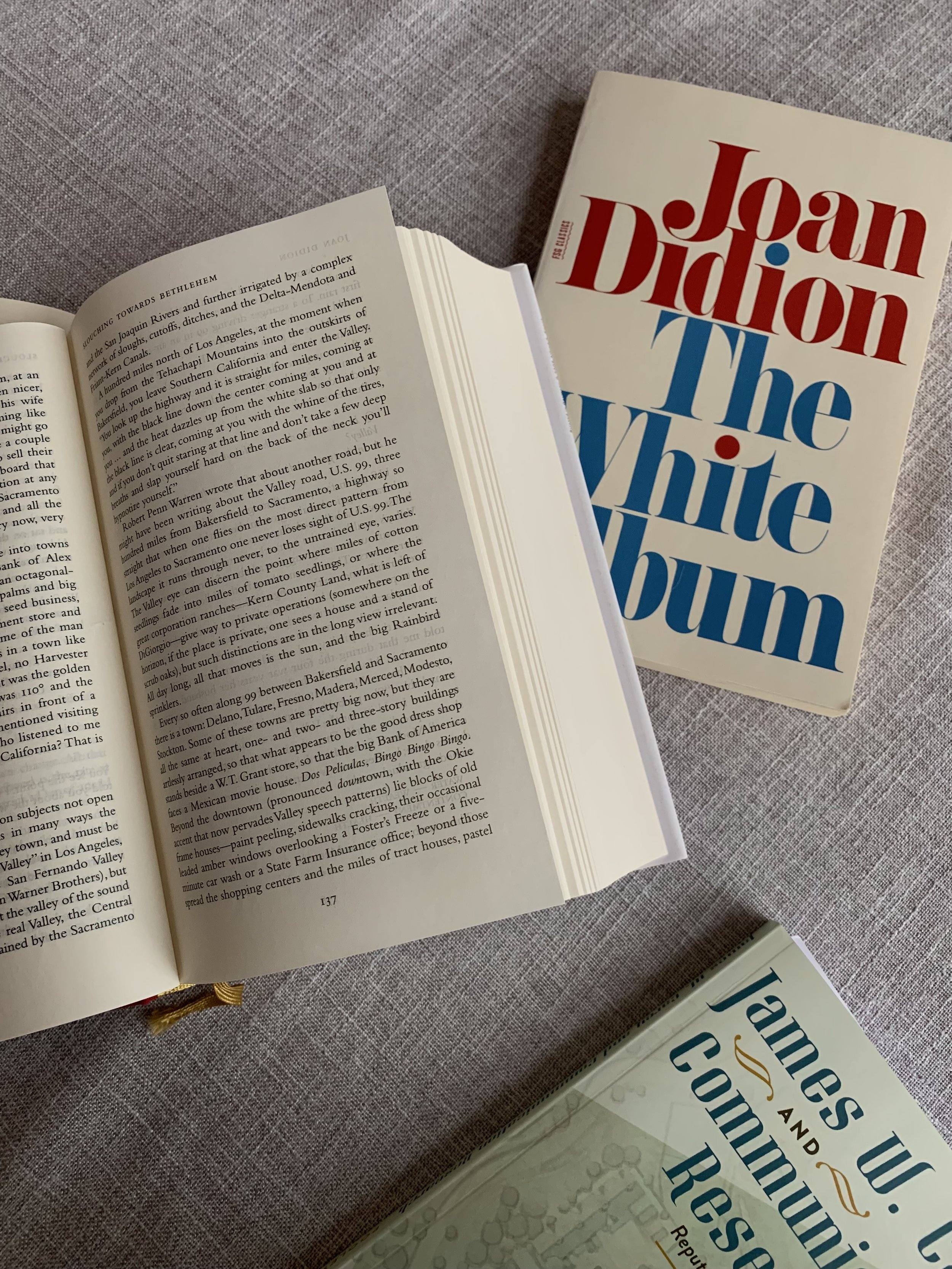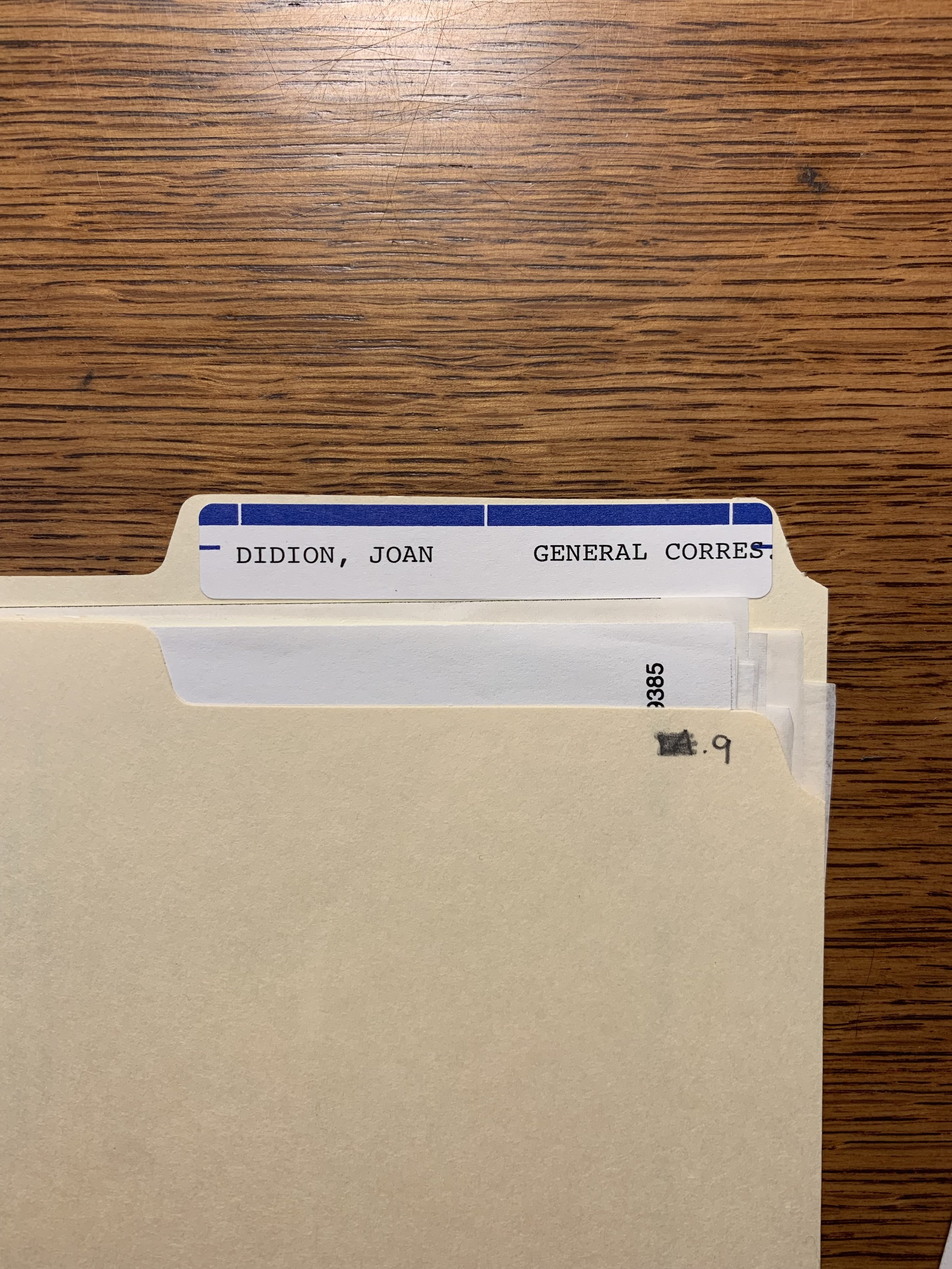Didion’s Worlds
(1964-1979)
The New Journalism of the 1960s and 1970s defied prevalent journalistic norms by combining reportage strategies with writing techniques generally associated with fiction literature and championing an openly subjectivist approach to journalism. Demonstrating an acute consciousness about the epistemological limits of journalism, New Journalists showed that journalistic writing is not a mechanical recording of reality, but an intrinsically subjective act of selection, interpretation, framing, and distortion of reality. For some New Journalists, whom Eason (1984) characterized as “cultural phenomenologists,” this epistemological stance flowed from more fundamental ontological questions regarding the interconnectedness of the observed phenomenon and the lived experience of the observer (Robert & Giles, 2014).
My project focuses on the life and writings of Joan Didion, the only woman consistently included in the New Journalism “canon” (Phillips, 2021) and a figurehead of the cultural phenomenology sub-group of New Journalists. Didion’s writing represents an existential experience: that of realizing the impossibility of reporting on a shifting, elusive reality – what Bakhtin called the “inconclusive present” (Hartsock, 2000). Through her writing, Didion attempted to answer a fundamental question: What does it mean to know?
As Roiland (2011) and Keats-Osborn (2018) have noted, the field of literary journalism studies is marked by a strong preference for literary approaches to inquiry, and the discourse surrounding the New Journalism often presents the works of writers such as Didion as “triumph[s] of individual sensibility” (Pauly, 2008, p.112). However, as Pauly (2001; 2008; 2020) convincingly argued, writers do not write in a vacuum. Editors, readers, and the cultural, historical, political and economic worlds writers inhabit interact with their individual sensibility in the production of any journalistic text (Pauly, 2020). These texts, in turn, shape their worlds.
Didion’s worldview included very particular ideas about the nature of reality and journalistic knowledge, the accurate representation of observed phenomena through writing, and the cognitive dissonances begotten by journalistic work. To understand these ideas, we must understand the sociohistorical and relational worlds in which they were embedded.
By combining a close reading of her non-fiction to an analysis of her archives (which include her research notes, manuscripts, letters, journals, and pictures), I want to learn about how Didion’s worlds shaped her epistemology and worldview, how this comes through in her writing but may be better understood with her archives, and how her ideas evolved when confronted to journalistic work.



